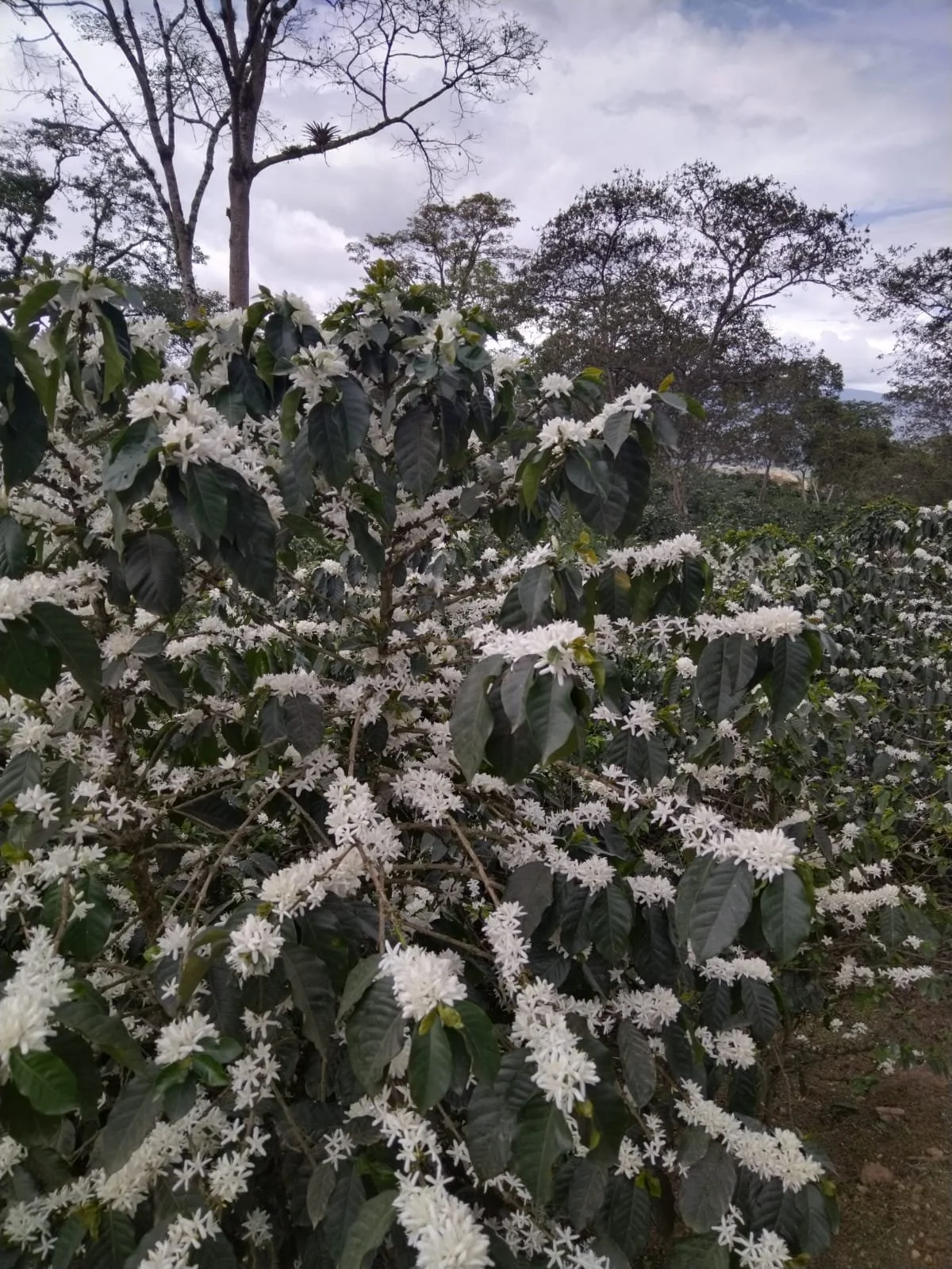Kenya Yara AB Microlot
Kenya Yara AB Microlot
*12oz bag*
ORIGIN: Kenya
REGION: Kiambu County, Ngariama
ALTITUDE: 1,732 masl
CULTIVAR: SL28, SL34 & Ruiru II
PROCESS: Washed
ROAST: Light-Medium
BODY: Medium
FLAVOR: Choclate Cream - Pomgegranate - Wafers
Yara Estate is located in Kiambu District in Kiambu Country, about 23km north of Nairobi, located in the former Central Province of Kenya. It is the second most populous county after Nairobi county.
The estate was founded in 1902, originally as a British dairy estate with coffee coming later in 1930. It is owned by the Gatatha Farmers Company, founded in 1971, when it bought the estate and turned it into a cooperative. The farm spans 640 acres, where the lower elevations have been allocated to cow feed farming, fish ponds and tea and coffee shares the higher elevations.
During harvest season, the ripening cherries are closely monitored and when the time is right, the red cherries are hand picked into buckets early in the morning and carried to the wet mill. There, the cherries are splayed out on a patio in the afternoon light, with underripes, overripes, and any foreign objects being removed before the mass the round red cherries are tipped into the hopper above the pulping station.
Clean water is drawn up and poured into the hopper to funnel down the cherries through a polished chute where the outer fruit of the cherries are removed between two rotating abrasive slabs. As the exposed coffee beans tumble out of the pulper into a channel of water, the floating beans are skimmed off (defective beans), the sinking denser beans pass through a hole in the bottom of the channel spilling into fermentation tanks where they spend the night.
The next day, the coffee is handled to see if the sticky sweet mucilage has broken down, leaving a rough parchment coating. Once the “the feel” of the coffee meets the wet mill manager’s approval, water will be poured into the tanks to thoroughly washed the beans.
Once washed, the sluice gates are lifted allowing the coffee to spill out into tiled, gently sloped washing channels where wooden shunts are used to repeatedly push the coffee by hand back to the top of the channel. This repeating process separates the denser beans from the lighter ones, as the lighter seeds will race back to the bottom under the force of the gentle current.
After the beans are washed, sun drying of the parchment on raised beds are done under careful supervision. Parchment coffee is covered up whenever there is sign of rain or the sun’s rays are too harsh. The coffee is regularly checked for moisture, and once it reaches the 10-12% target, it will be bagged up for transport to the dry mill.
Kenya 2013












